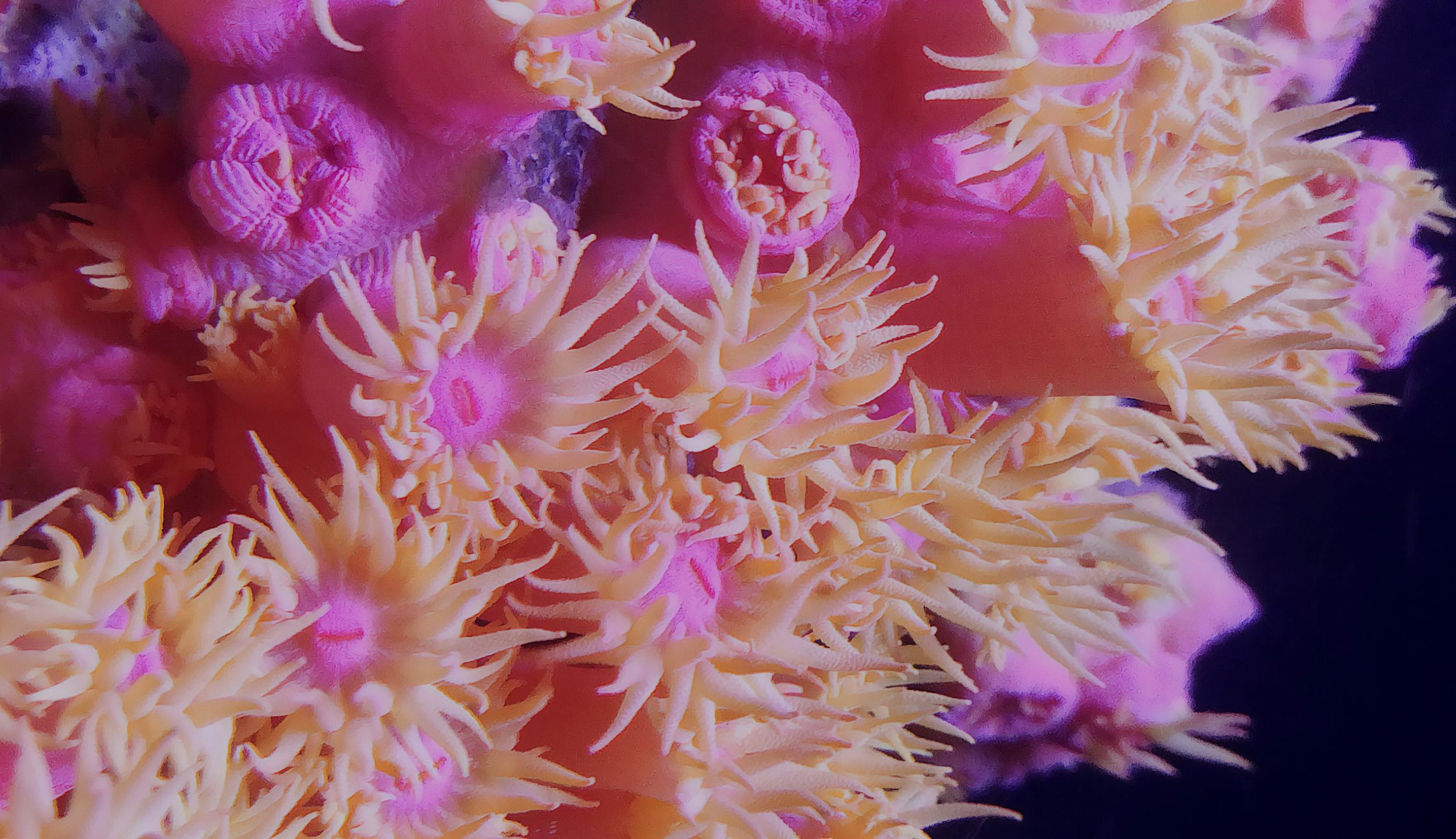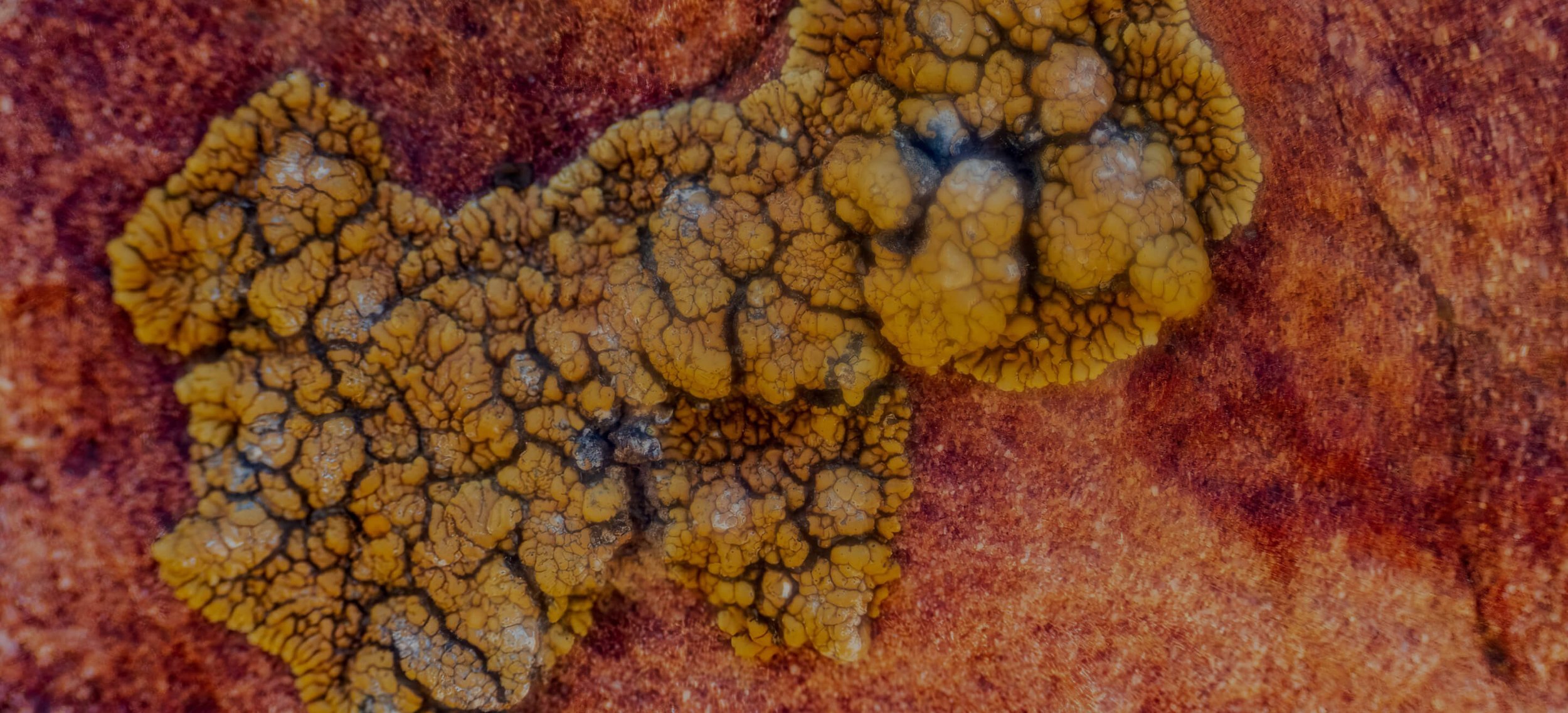
turning the invisible visible
with katharina maria reisert
“Their small size and the fact
that we can't see them with the naked eye, masks the profound importance of their existence
in our ecosystems.”
Katharina Maria Reisert is an artist and environmentalist based in Portugal. It was during her studies in climate and environmental science that the tiny organisms of microbes and bacteria first caught her attention. Delving into research on the existence, health, and diversity of soil life, she began to grasp the cruciality of these tiny yet mighty creatures, serving as a pillar for the balance and health of our ecosystems and made them the protagonists of her microscopic inspired fine pencil drawings.
Tell us, how would you describe your drawings?
With my work I create a lens to discover the microscopic world through art. I find my fascination in the sophisticated shapes and structures, from single-celled organisms to animals of microscopic size, revealed through microscopic photography.
The realms of these tiny creatures are yet to be fully explored. I find that their small size and the fact that we can't see them with the naked eye, masks the profound importance of their existence in our ecosystems. I intend to create a bridge between the visible and the invisible with my abstract drawings.
Most of your drawings show microbes in enlarged detail. Those organisms are so small that they are often overlooked. What fascinates you most about these microscopic small creatures and why did you decide to dedicate your work to them?
I want to invite viewers to witness the beauty, sometimes alien appearance, and complexity of these life forms.
By magnifying and abstracting these organisms, my work serves as a reminder of the profound significance of these small-scale wonders and their indispensable role in our world. The thin lines and delicate dots in my drawings reflect the intricacy of these organisms.
Blocks of Life by Katharina Maria Reisert
What sparked your fascination with microbes?
Honestly, my fascination with microbes began during university times where I jokingly started sending images of funny-looking microscopic worms to a friend during class to make him laugh. They can have very silly looking faces. It was during this time that I came across my first glimpse of microscopic photography. Admittedly, microscopic worms aren’t particularly visually appealing, so initially, I didn't see it as the most exciting way to spend my time with.
However, something about the world of these tiny organisms piqued my curiosity. The sheer abundance of them and their profound impact on our ecosystems and climate intrigued me. I couldn't wrap my head around how such small beings could wield such significant influence. They play crucial roles for instance in shaping the carbon cycle and have been instrumental in guiding various evolutionary processes.
Pace of Evolution, Progressing by Katharina Maria Reisert
“Each partner has to
be able to do something that
the other couldn’t achieve
on its own.”
You speak about making the invisible visible with your art which highlights the synchronicity and duality of existence. One of your drawings shows magnified lichens. Can you elaborate more on that?
I always find it great to see how nature operates in a deeply intertwined manner where ecosystems thrive only through holistic health. This also means that living organisms are collaborating in various ways to sustain balance and vitality.
Lichens are an excellent example of mutual symbiosis in which fungi join forces with algae or cyanobacteria. The fungus offers protection and shelter to its photosynthetic partner, while the photosynthetic partner reciprocates by providing the fungus with vital energy through photosynthesis.
I feel as humans, we are not exempt from this interdependence; rather, we are integral participants in the collaborative efforts essential for survival. Whether considering our relationship with nature on a broader scale or our day-to-day interactions, cooperation and symbiosis are crucial elements for leading meaningful and fulfilling lives.
The zoologist and evolutionist Ernst Haeckle summarized it very well in my opinion by saying: “Each partner has to be able to do something that the other couldn’t achieve on its own.”
You can follow her work at litboa.com.
Lichen by Katharina Maria Reisert

“Not just any fungus could partner with any algae (or cyanobacteria). Each partner has to be able to do something that the other couldn’t achieve on its own. Lichens arise in conditions too severe for either partner to survive alone. So too do lichens maybe mirror some human relationships. Two people, an otherwise unlikely fit, brought together by conditions that bring to light the fact that life is easier together.”
ERNST HAECKLE



